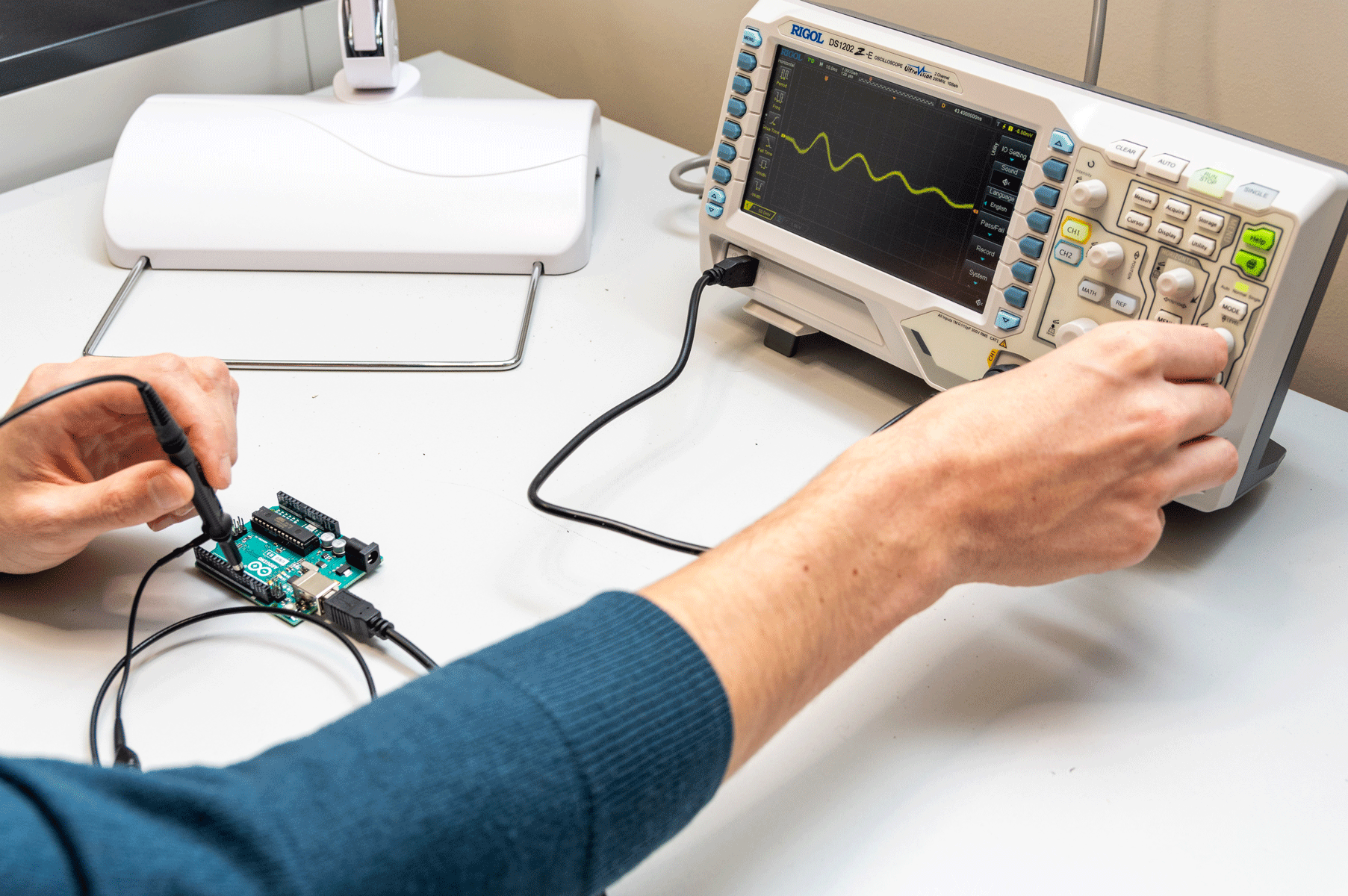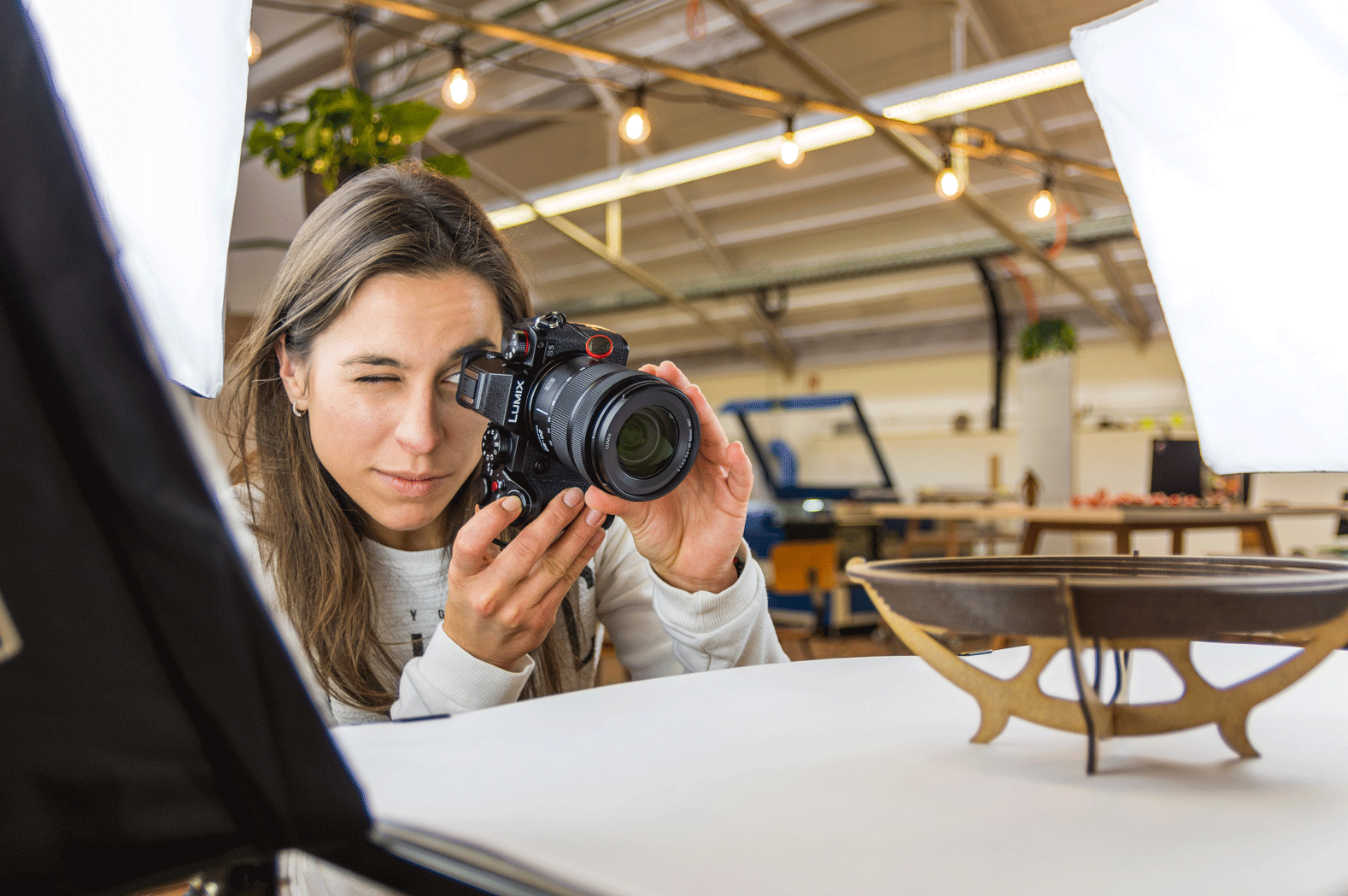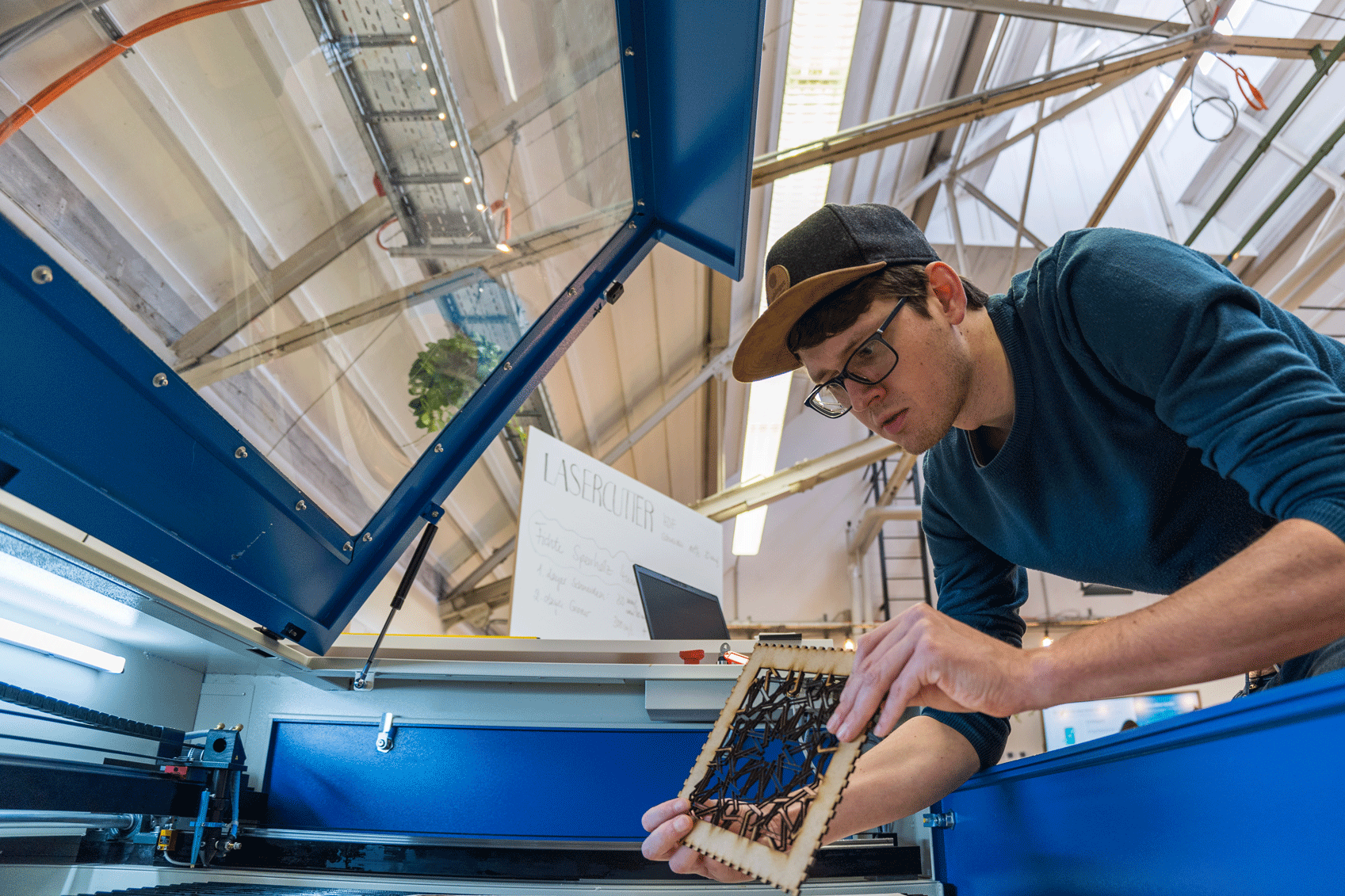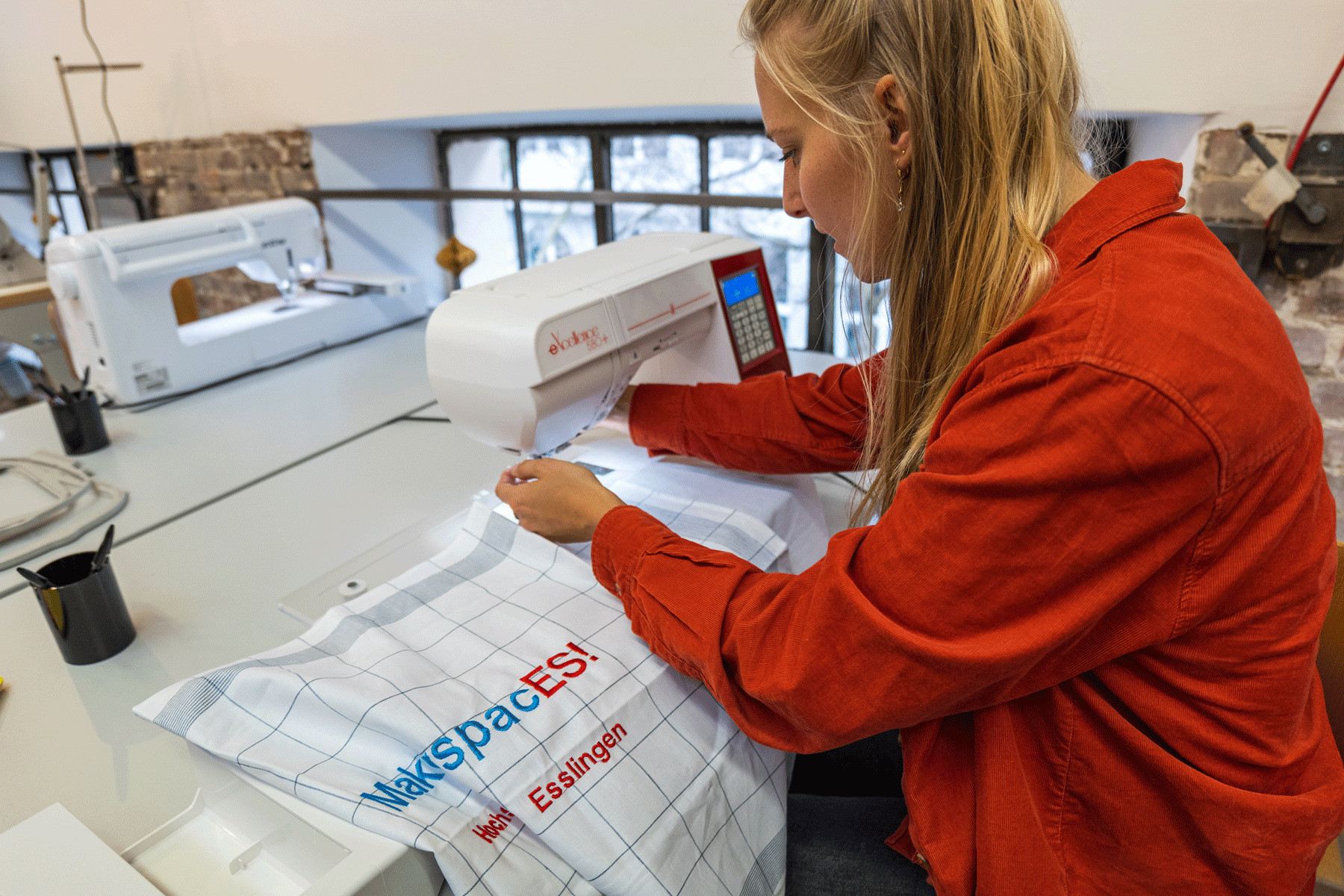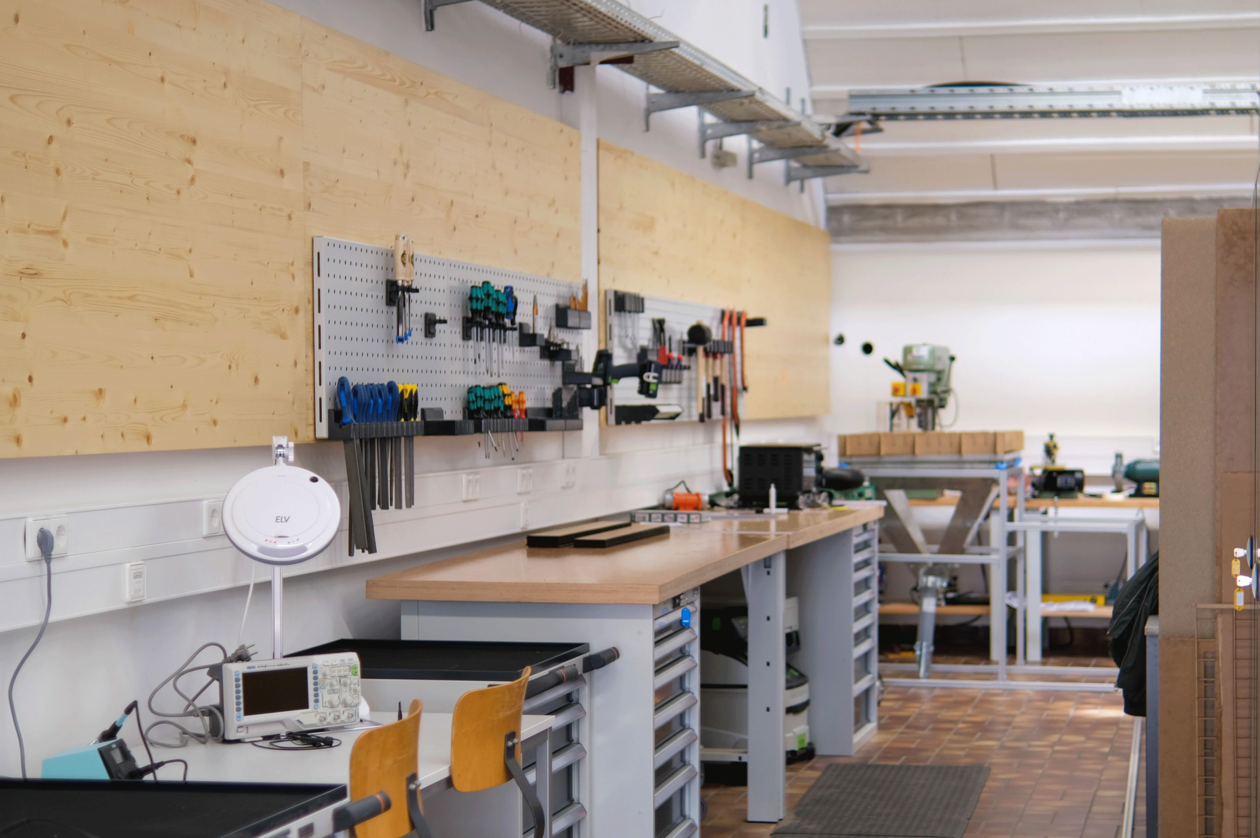Lasercutter
The laser cutter enables engraving, perforating and cutting of many non-metallic materials. Training is required for its use.
Technical date
| Table size | 1,30 x 1,00 m |
| Laser type | CO2 Laser |
| Laser power | 100 W |
| Cutting speed | 0-600 mm/s |
| Engraving speed | 0-800 mm/s |
3D printer
The Ultimaker S5, with its large build envelope (33 x 24 x 30 cm) and dual extruder, is ideal for prototyping, tooling and finished products. The dual extruder system enables 3D printing with water-soluble support material.
Our materials for different applications
- PLA (polylactic acid) has good tensile strength and surface quality, ideal for high-resolution prints and prototypes with aesthetic detail
- Tough PLA perfect for printing larger engineering models - just as safe and easy to use as traditional PLA, but without delamination or warping in large prints
- ABS (acrylonitrile butadiene styrene) withstands temperatures up to 85°C and is suitable with excellent mechanical properties for complex functional parts and working prototypes
- Nylon offers high specific strength, long durability and low friction. Heatable up to 80°C, best suited for functional prototypes, functional parts and tools
- PVA (polyvinyl alcohol) is a water-soluble support material that enables printing of complex models with large overhangs, voids and complicated geometry
- Breakaway is an easily removable support material that peels off easily, leaving smooth surfaces and perfect dimensional accuracy
Matching Software
The associated Ultimaker Cura 3D print preparation software can be downloaded free of charge from the manufacturer's website.
Instruction
Here you will find a quick guide to using the 3D printer for the first time.
English version available soon
Cutting plotter
The cutting plotter makes it possible (using vector graphics) to cut out lettering or images from PVC films, flex or flock films and then transfer them to textiles (e.g. T-shirts) by ironing them on or using a transfer press. Likewise, paper can be cut if the knife is set correctly.
Sublimation printer
In principle, the sublimation printer works like a normal printer. However, one prints on a transfer foil (sublimation paper), which is transferred to objects (e.g. textiles, key rings, etc.) by heat (e.g. with a transfer press).

